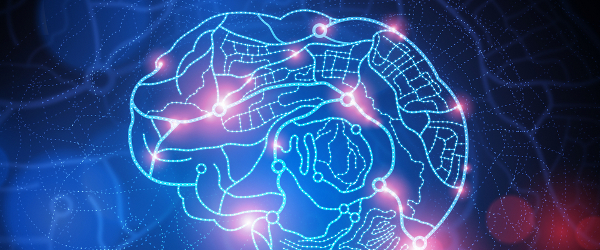
IBM scientists have unveiled a brain-like computer chip that can be scaled to use one million programmable neurons, 256 million programmable synapses and 46 billion synaptic operations per second, all at the size of a postage stamp.
It operates on the equivalent power of a hearing aid battery, and IBM says that the chip could transform science, technology, business, and society by applying it in multi-sensory applications.
Dr. Dharmendra S. Modha, an IBM chief scientist, said: "IBM has broken new ground in the field of brain-inspired computers, in terms of a radically new architecture, unprecedented scale, unparalleled power/area/speed efficiency, boundless scalability, and innovative design techniques. We foresee new generations of information technology systems – that complement today’s von Neumann machines – powered by an evolving ecosystem of systems, software, and services."
The chip has taken almost ten years to research and manufacture, and it has received funding from The Defense Advanced Research Projects Agency (DARPA).
Modha said: "These brain-inspired chips could transform mobility, via sensory and intelligent applications that can fit in the palm of your hand but without the need for Wi-Fi. This achievement underscores IBM’s leadership role at pivotal transformational moments in the history of computing via long-term investment in organic innovation."
IBM envisions the chip being used in varied kinds of situations, taking in sensory data, analysing and integrating real-time information in a context-dependent way, and dealing with the ambiguity found in complex, real-world environments.
‘Not a brain (yet)’
Modha is quick to note that IBM has "not built the brain, or any brain," but rather a computer "inspired by the brain," which for the first time can process sensory data in parallel, much like the human brain itself.
IBM’s first-generation chip was only capable of storing 256 neurons. With its one million, scientists hope the new chip will lead to computers nearly as powerful as the human brain by the year 2020.






